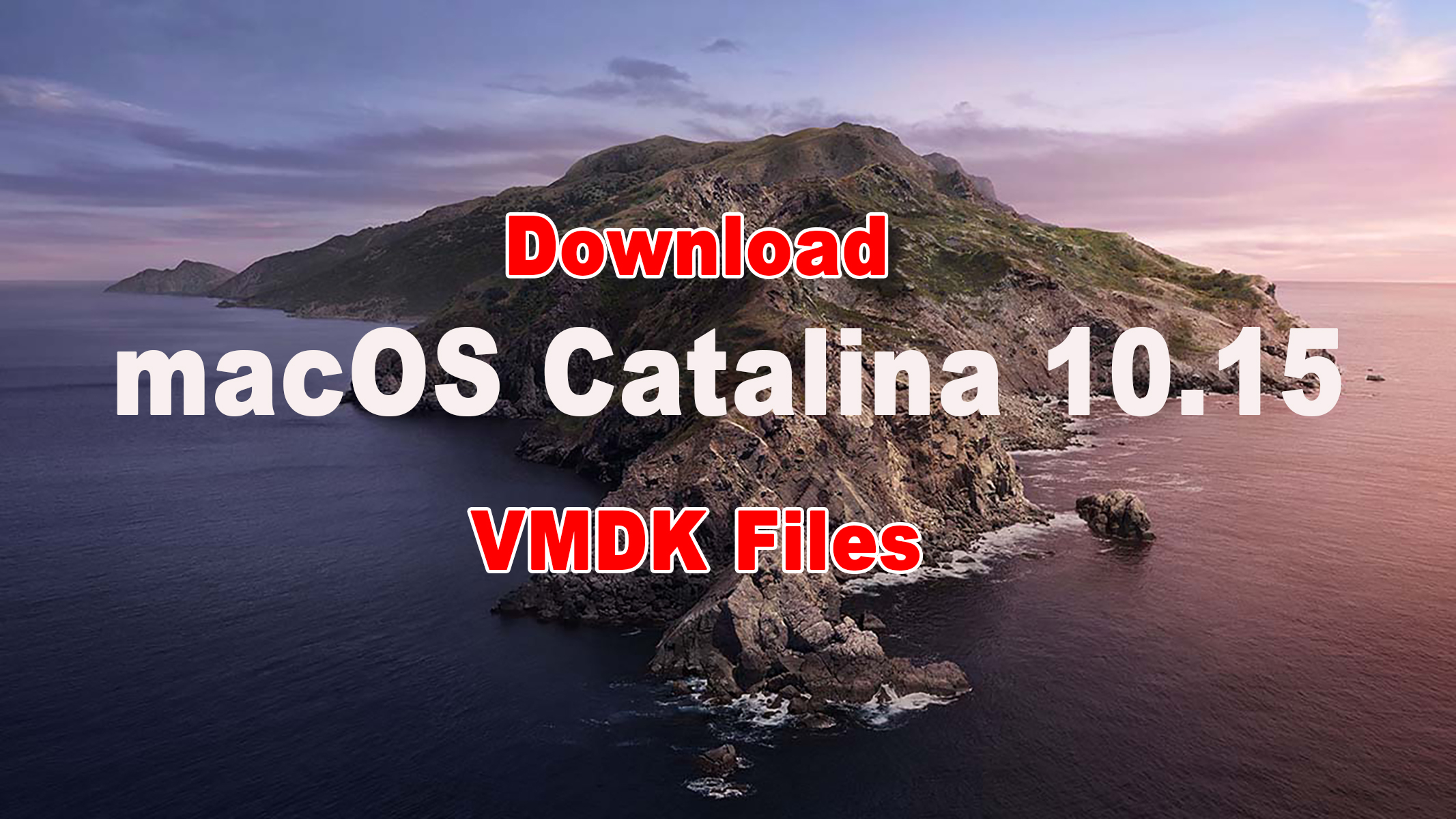
I have a MacBook Air with MacOS Mojave 10.14.6.
Download macOS Catalina ISO. You have to get macOS Catalina ISO in the link supplied. Install macOS Catalina on Vmware ( )Install macOS Catalina on VirtualBox ( )01:25 Fix Startup.nsh o.
I use VirtualBox 6.1, but had the same problems with 6.0.14.
I'm running a virtual machine with MacOS 10.15.1 without any problems.
For me it is not possible to update the virtual machine to 10.15.2.
I tried these things:
- Chose the update in System Preferences / Software Update
- Download the 10.15.2 combo update and install that
- Create an ISO from the 10.15.2 Installer Application and boot from DVD/ISO Image
Going to EFI and searching for the boot.efi in the macos_updates folder does not help. After failing, it is still possible to boot into the 10.15.1 version by manually selecting the correct entry in the Boot selection of EFI. Log files don't show anything.
Was anyone able to update to 10.15.2 or install a clean 10.15.2? Can someone confirm the problem?
This document will provide instructions on getting a macOS Catalina install working with Guest Additions on VirtaulBox 6.1.
Press the F5 key to run the code. If Outlook is installed on your computer, a Kutools for Outlook dialog box will pop up. And you can see the installed Outlook version as below screenshot shown. If Outlook is not installed, a prompt box will be displayed as follows. Open any Office application, such as Word or Excel, and select Account. Note: If you don't see Account or you already have a file or document open, choose File from the menu, and then select either Account or Help from the list on the left. Under Product Information, you'll find your Office product name and, in some cases, the full version number. What outlook version do i have. You'll see this near the bottom of the menu on the left side of your screen. You'll click Help if you see that instead of 'Account.' You should see the 'Version' listing. Click the File Office Account firstly, and then click the About Outlook button, and you will get the version number at the top of popping up About Microsoft Outlook dialog box. See the following screen shots: Check Outlook version number in Outlook 2010.
Start by downloading a copy of the installer from the App Store. You will need a computer running macOS and you will need to convert the installer to an ISO. I will not be covering these steps here, but there are plenty tutorials online.
Installing VirtualBox
I’m hoping you already have this part covered and you are coming here only because you had issues getting macOS installed, but just in case, make sure the following packages are installed (Arch):
Creating the VM
Start by creating a new VM. Give it a name without spaces.
Give it enough memory so the install will run faster. We can change this later.
Select to create a new Virtual Hard Disk
Select VDI
Select fixed size
Give it a bare minimum of 25GB (I would advise on at least 50GB if you can spare the space)
Edit the machine, go into «System => Motherboard» and disable floppy boot and change the chipset to PIIX3
In the processor give more CPU if you can spare
Virtualbox Catalina Installer
In «Display => Screen» increase the video memory to 128MB and enable 3D acceleration Todoist outlook calendar.
Enable USB 3.0
Note: if you can’t see USB 3.0 you might need to add your user to the vboxusers group
Virtualbox Catalina Vm
Insert the install ISO
Additional Configuration
Now we need to run a few vboxmanage commands for additional settings. Either run the lines with vboxmanage from the script below (add your virtual machine name under $vm_name), or save the full script and run it.
Note: the default resolution is set to «1280x1024». You can change it in the last line of the update code. Make sure to keep it to “640x480, 800x600, 1280x1024, 1440x900, 1900x1200“
Installing macOS
We are now ready for the install. Start the machine and select you language.
Select disk utility.
Select the VirtualBox hard disk and click on erase.
Give it a name, select the same options and click on erase. Close the disk utility when done.
Click on install macOS.
Continue with the install as you would until you are presented with the desktop.
Note that the installer will reboot once in the middle of the install.
Installing Guest Additions
We now need to get Guest Additions installed. Remove the install ISO and mount the guest additions CD. Open it with finder and run the VBoxDarwinAdditions.pkg
Install it as if you would install any other package.
You will most likely get an error message that the install has failed.
Close everything, unmount the guest additions CD and open a terminal window (Command+Space, type terminal).
Now we need to restart the VM in recovery mode. Type in:
Once it has rebooted into recovery mode, on the top click on «Utilities => Termminal»
Virtualbox Catalina Install On Mac
Type in the code below. This is to sign Oracle software as authorized. Then we disable recovery mode and restart the VM.
Macos Catalina Install Virtualbox

When the VM has rebooted you should have guest additions working. Remember that not everything works, but the features below should:
- Copy/Paste
- ~Drag and Drop~ Reported as not working (see comments)
- VirtualBox Shared Folders
- Guest Control




